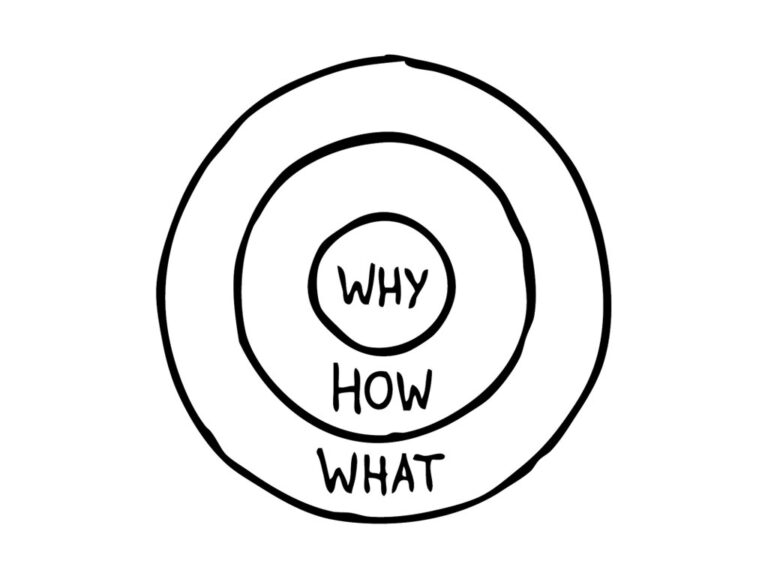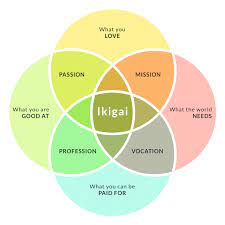Business success today is no accident. It’s directly tied to the ability to use data intelligently. That’s why so many organizations are investing heavily in Artificial Intelligence (AI) and data-driven solutions. Whether it’s AI, data science, advanced analytics, or machine learning, the goal is clear: turn data into revenue and efficiency.
AI is no longer optional. In today’s data-driven world, it’s a requirement for any company that wants to compete—big or small.
“Data is the new oil, and AI is the technology that unlocks its true value”.
Companies are sitting on a goldmine: data that, when properly leveraged, drives growth. The value of information has never been higher, and transforming into a data-driven business, powered by AI, can significantly boost revenue and valuation. More than that, it opens the door to new monetization opportunities.
What is data monetization?
It’s using proprietary data to create new revenue streams. This can mean increasing sales, reducing costs, or even generating indirect benefits like strategic partnerships. In some cases, data becomes so valuable that it turns into a service for third parties. Facebook and Google pioneered this: they built free platforms to generate massive data assets and monetize them globally.
Data-driven business: a company that moves from experience-based decisions to decisions grounded in concrete data.
The gap between data-driven companies and those that aren’t has never been wider. Organizations with strong analytical capabilities are twice as likely to be at the top of their industry. Those that haven’t made the transition are falling behind.
Here’s the warning: if you don’t start now, you may never catch up.
There are seven critical reasons to start your AI strategy immediately:
- Organizational learning time
- System development time
- Integration time
- Human adaptation to AI
- Governance for AI applications
- Talent development
- Rapid scalability
Each of these steps takes time. AI systems need to be tailored to your business and knowledge domain. If they’re too generic, they add little value. Then comes integration into processes and IT architecture—something that doesn’t happen overnight.
Even with autonomous systems, most AI solutions focus on augmented intelligence, meaning AI working alongside humans to improve learning, decision-making, and experience. This means your team must be prepared. Technology will redefine roles and require retraining.
AI also demands strong governance. Monitoring intelligent systems is complex and requires dedication. And it doesn’t stop there: you’ll need to reorganize talent, create new processes, and adapt your culture. AI specialists are in high demand, making hiring a challenge. Existing knowledge often needs to be reframed to fit AI frameworks.
When AI is successfully implemented, scaling happens fast. Early adopters gain market share and reduce costs, while late movers fall behind.
The common thread? Time. Every step takes time, and if you didn’t start yesterday, you risk losing tomorrow. But starting now secures a competitive edge. Yes, early movers face steeper learning curves, but they also have more time to evolve—and that’s a huge advantage.
AI isn’t a trend. It’s the foundation for competing in a data-driven world. In complex, consultative B2B sales, it’s the strategic partner that turns data into intelligence, intelligence into action, and action into results. Those who start early don’t just keep up—they lead.











